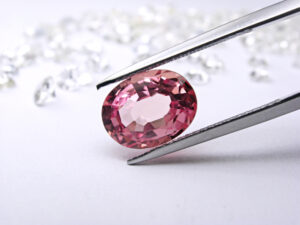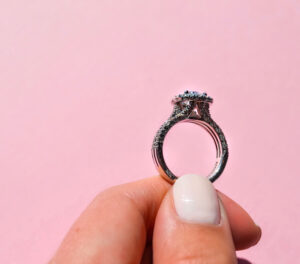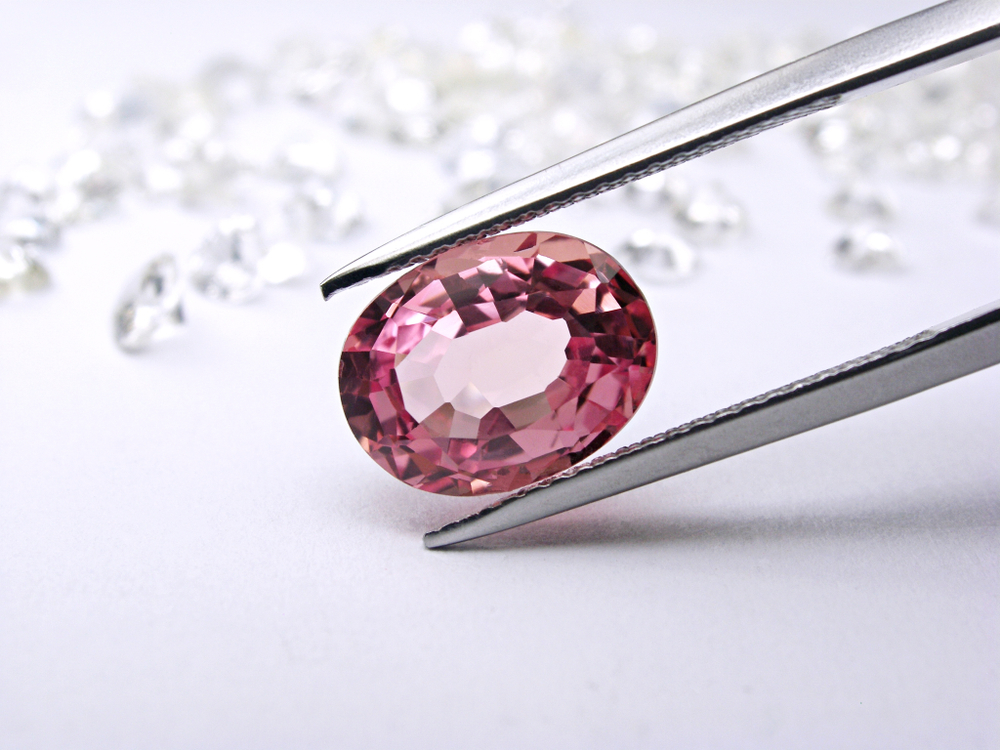
Lab-grown diamonds are cultured or cultivated diamonds, which are made by humans. They are created in controlled lab environments using modern technological procedures. The environment under which these lab-grown diamonds are formed is similar to those in which natural diamonds originate over millions of years.
Natural diamonds are subjected to extreme pressure and heat beneath the earth. Cultivated diamonds are created in laboratories under the same conditions as mined diamonds, using carbon, high pressure, and extreme temperatures. As a result, the chemical structure and optical properties of the diamond are identical to those of a natural diamond.
First Creation Of Lab-Grown Diamonds
Numerous claims of lab-grown diamond creation were made between 1879 and 1928, but none of them have been validated. Despite this, man-made diamonds have been documented as far back as the 1940s. According to accounts, the first batch of lab-made diamonds was created in 1954 by General Electric (GE). Gem-quality laboratory stones became available in the 1970s.
However, it was in the 1980s that high-quality man-made diamonds became commercially available. The procedures for manufacturing lab-grown diamonds have vastly advanced in the previous decade, allowing these diamonds to be used in jewelry and diamond engagement rings.
Making Of Lab-Grown Diamonds

The chemical vapor deposition (CVD) method is still being studied around the world. With technology advancing every day, it’s only a matter of time before the size of diamonds created using the HPHT method is equaled by its CVD counterpart.
Despite the fact that we are familiar with the basic ways of producing cultured diamonds, lab workers and scientists are continually working to improve the scale and efficiency of both. Better quality, more affordable lab-grown diamonds that can be cut into a range of shapes and sizes have been produced as a result of scientific research.
Making Of Lab-Grown Diamonds In The Past
Diamond makers tried for years to grow diamonds in the same way they tried to grow other gemstones, but they failed horribly until they thought up the idea of lab-produced diamonds. Procedures and lab methods were developed over time to guarantee that lab diamonds grew in quality, making them suitable for use in engagement rings and other jewelry.
Especially when H. Tracey Hall devised the belt press later on. The Hall belt press, which was invented in 1954, used high temperatures and pressure to melt metals like nickel, cobalt, and iron and transform them into diamonds.
